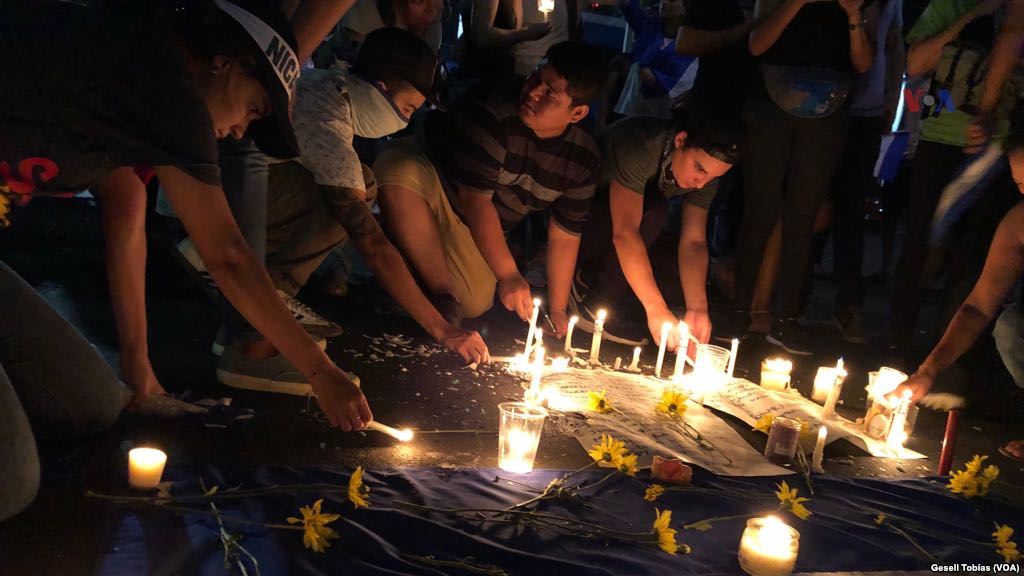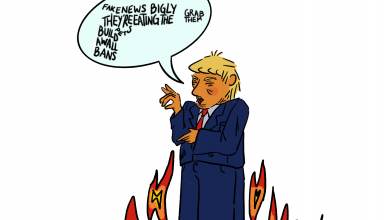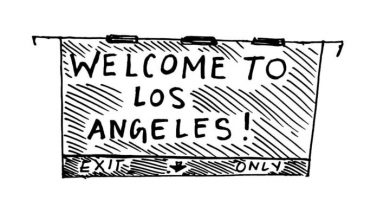Nicaragua in Revolt

Protests in Managua, Nicaragua via Wikimedia Commons
After Nicaragua’s President, Daniel Ortega, proposed a change in the nation’s social security policies, dissent filled the streets. Led by university students, in a sudden wave of protests catalyzed by social media, anti-government cries cloaked the nation. On April 18, Ortega proposed a pension reform that would lead to higher taxes alongside a reduction of pension benefits. Since the announcement, Nicaragua has witnessed revolt from students and the working class as the nation continues to resist Ortega’s agenda and meet violence from militarized authorities.
Due to the uprising, Ortega has since backtracked on his proposed reform. However, his statement comes after violence in the nation met death; reports state 26 people died due to clashes, while other human rights organizations argue the number is much higher. One of those murdered was journalist Angel Gahona who died during a Facebook Live Stream.
Although Ortega rescinded his proposal, protests continue, underlining the reality of dissent in the nation: the pension reforms were not the root of anti-Ortega sentiment. Rather, anger towards Ortega’s previous electoral fraud and separation from constituencies underpin much of the revolt. The protests proved to extend beyond solely the pension plan, revealing the long held aversion to Ortega’s presidency.
Beginning with student-led insurgencies, the protests expanded to include sentiment from multiple sectors of society. The rise of these revolts are particularly significant when analyzing Ortega’s history of censorship. With his wife as Vice-President, Ortega’s presidency is riddled with intense control, as the executive branch holds power over the government and media.
Although Ortega was recently re-elected into office in 2007, his influence spans back to the 1970s when he led a revolution alongside the left-wing Sandinistas insurgents against the Somoza dynasty. He has since held on to power due to changes in electoral processes and suspected electoral fraud. Leading a coup to overthrow dictator Anastasio Somoza in 1979, Ortega and the left-wing Sandinista National Liberation Front (FSLN) soon came to power. Between 1979 and 1990, Ortega held a tight grip on anti-government protests, censoring those who opposed him through control of media and authoritative policing. Though he lost power in 1990, Ortega’s influence still influenced future presidents as they only enacted policies that had Ortega’s tacit approval. Much of this was due to a threat to his power from the Contras, an anti-Sandinista group armed and supported by Reagan and the U.S.. However, these authoritative structures have spanned to modern day, where fraud and censorship have allowed Ortega to ignore the calls of the masses for too long.
Ortega’s rise to power and history of insurgency expose the irony of his censorship along with his growing ties to big businesses. In response to this hypocrisy, youth across the nation are echoing their ancestors’ insurgency in the 1970s as they tackle Nicaragua’s current corrupt government.
While Ortega garnered power under a leftist banner, his tenure as president reveals strong links with big business. While he did create policies that reduced poverty in the past, his alliances with corporations and the recent social security announcement underline his abandonment of the working class. In addition, before completely rescinding his pension proposal, he offered to reconsider the plan by negotiating with business leaders, removing the working class from any potential say in the reform. Using the streets as avenues towards empowering their voice, those excluded were forced those in power to listen. After civilians were killed, the Pope’s plea to end the violence, and clashes between protesters and authoritative police tarnished cities across Nicaragua, Ortega eventually backtracked on his proposal.
The speed at which the protests spread throughout the nation and the leader’s decision to reverse statements represent the power of protests, especially those that have grown rapidly due to social media. The media, however, often overlooks several elements which contribute to the destruction of cities as a result of violence. During the protests, looting occurred throughout the capital Managua, an act many argue was perpetuated by the government in an attempt to entice businesses to intervene. Images across Nicaragua show people throughout the nation attempting to grapple with the sudden uprisings as buildings burn and their neighbors meet attacks by militarized forces.
While Ortega remains in power, it is unclear whether his tenure will come to end. As protests continue, the insurgencies foreshadow a potential demise for Ortega as he follows the path of Anastasio Somoza, the man Ortega once overthrew. Today, a new revolution brews along the terrain; as Nicaraguan historian Mateo Jarquin Chamorro states, “Nicaragua will never be the same again.” For many, the revolution Ortega was once committed to has died, and amongst its death, a new one has been born.




